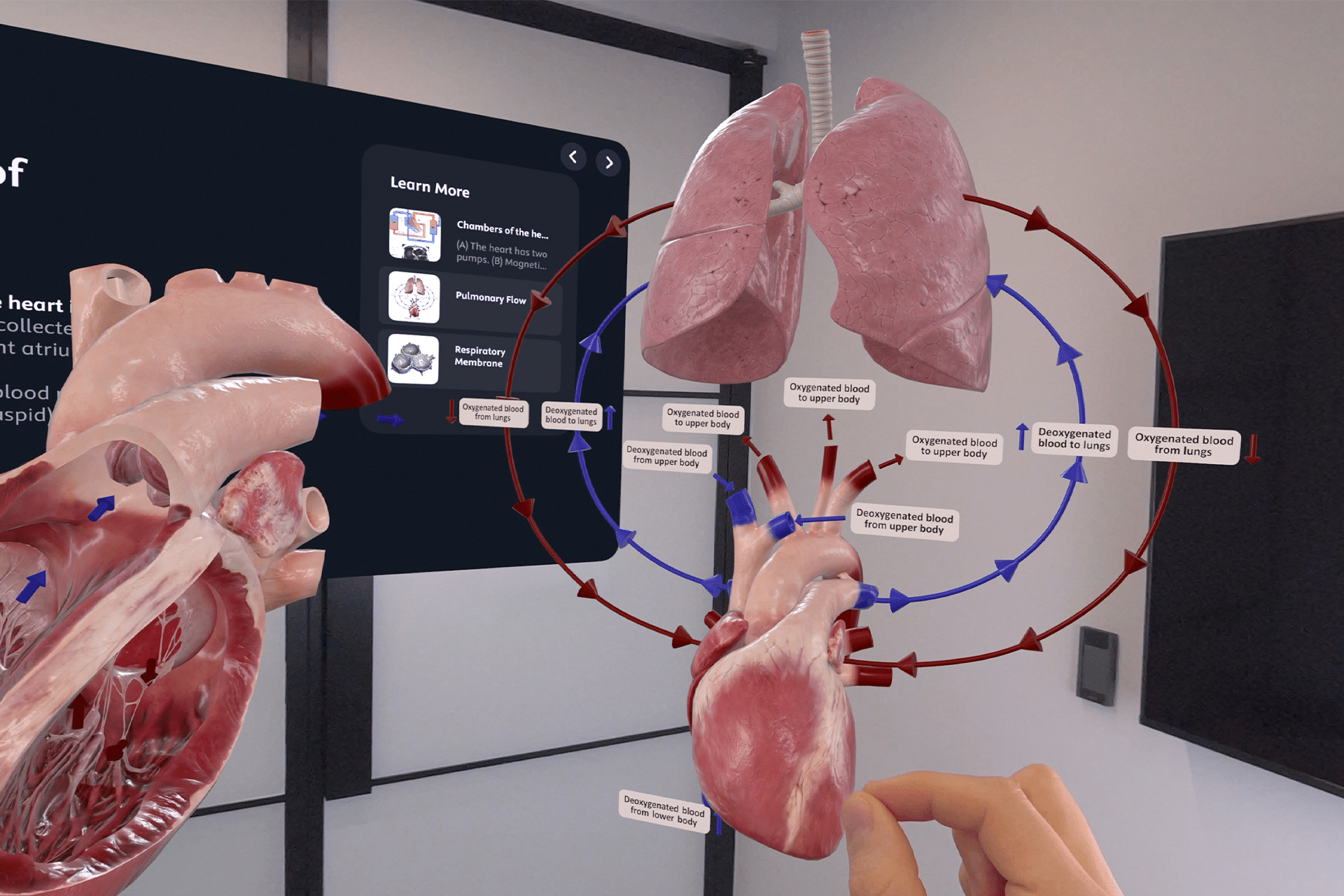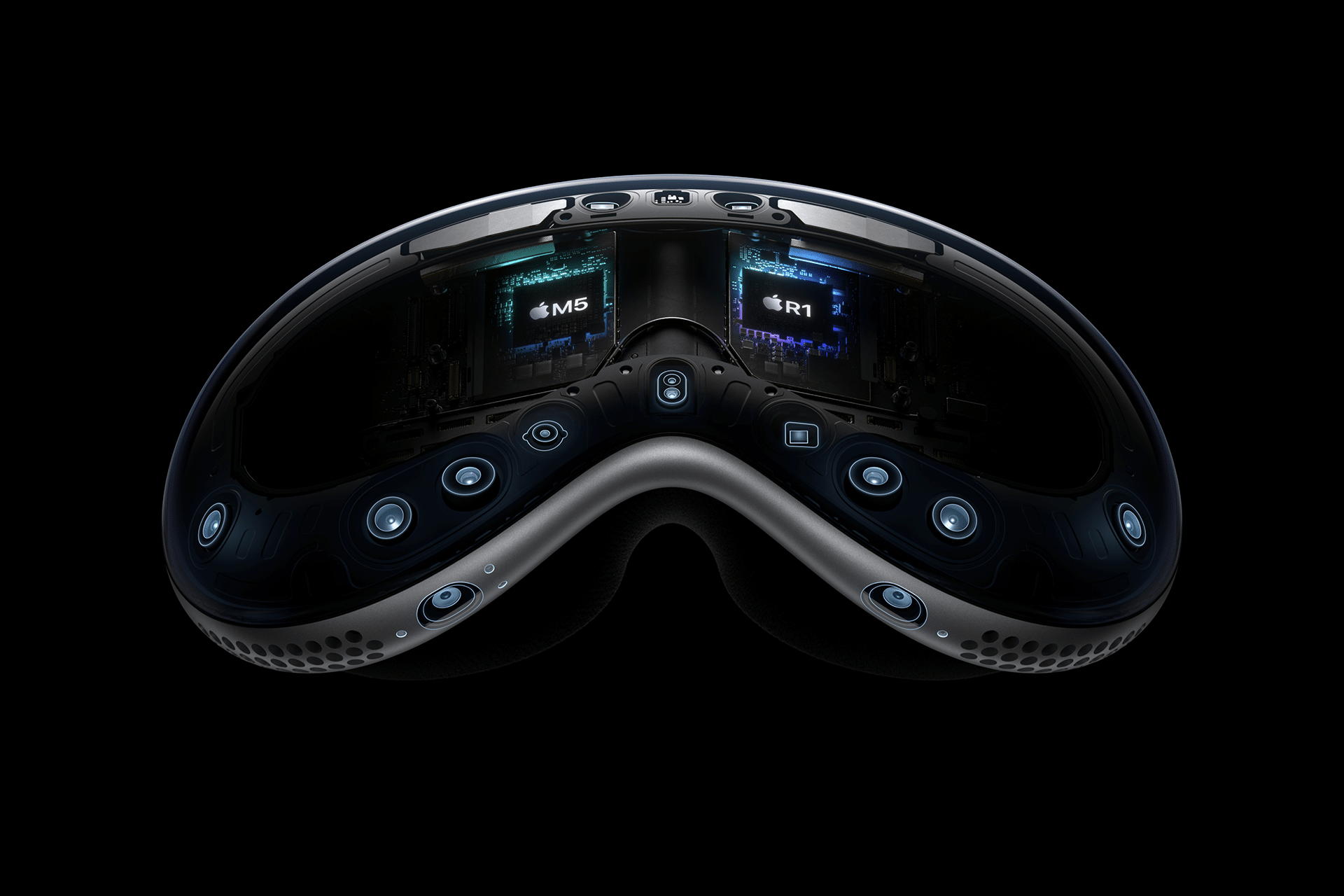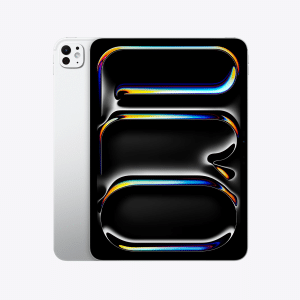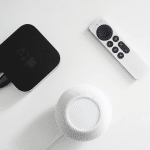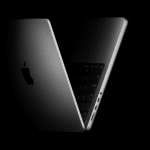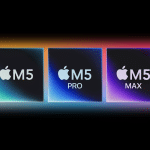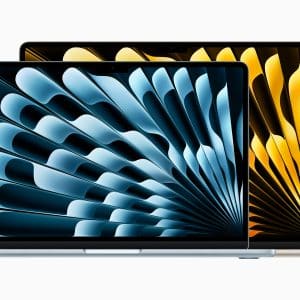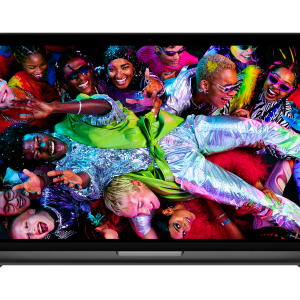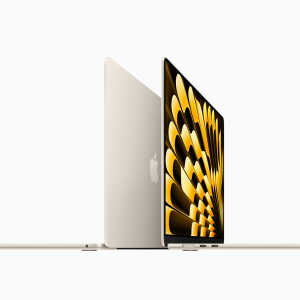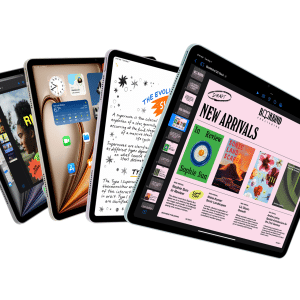The Vision Pro lineup has been updated with the M5 chip and a redesigned dual knit band, bringing improved performance, energy efficiency, and comfort to Apple’s mixed-reality headset. The changes focus on refinement rather than reinvention, addressing user feedback and aligning the device with Apple’s latest generation of M5-powered hardware.
The new M5 architecture replaces the previous M3 chip, boosting processing capabilities and extending battery life for longer mixed-reality sessions. Meanwhile, the new dual knit band improves balance and weight distribution, offering greater comfort for extended professional or creative use.
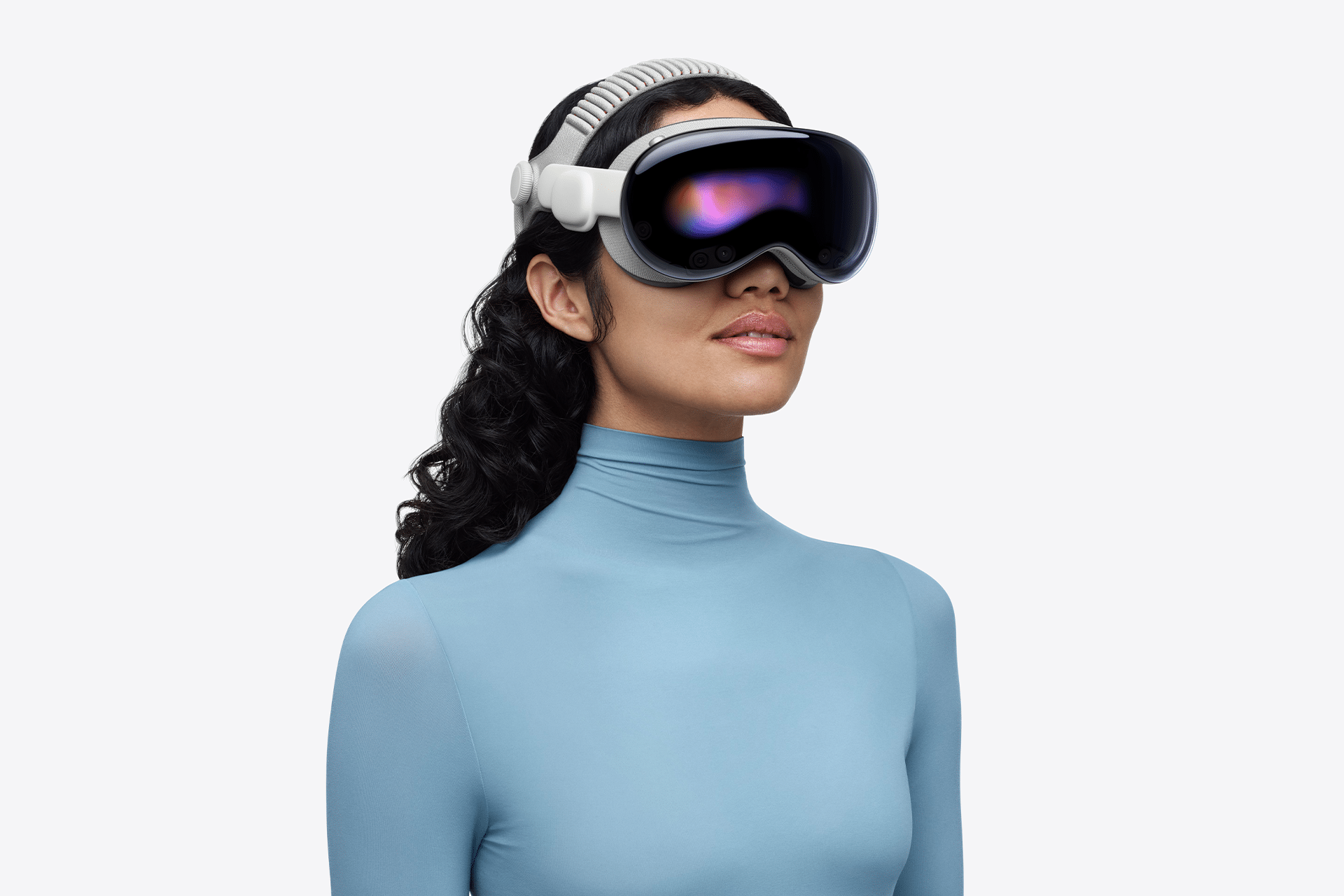
Performance Upgrades With M5
The M5 chip brings a measurable increase in efficiency, allowing the Vision Pro to manage more demanding spatial workloads without overheating. Built on a 2-nanometer process, it delivers faster rendering, smoother motion tracking, and more accurate environmental mapping under VisionOS.
The Neural Engine has been expanded to handle on-device machine-learning operations such as gesture interpretation, object tracking, and eye movement detection with lower latency. These updates result in more natural interaction and reduced power consumption, keeping the headset cooler during extended sessions.
In internal benchmarks, the M5 performs roughly 35 percent faster in AI-driven spatial tasks compared to the M3. It also improves frame consistency when multitasking between immersive apps, productivity tools, and virtual collaboration environments.
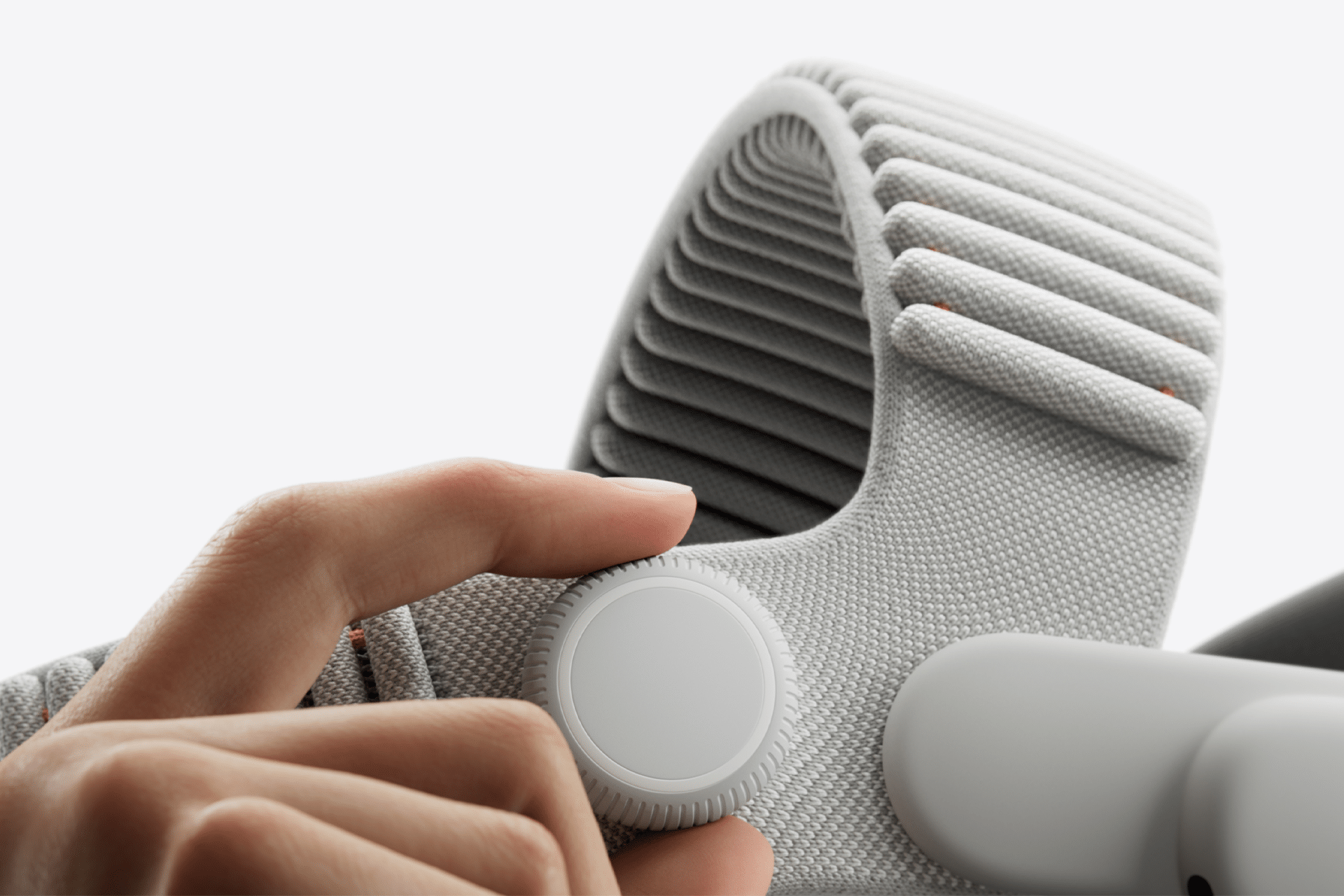
Design Refinements for Daily Use
The most visible change in the updated Vision Pro is the new dual knit band. Designed to improve ergonomics, it distributes weight more evenly across the head while reducing pressure points. The band’s two-layer fabric construction adapts dynamically to head movement, allowing users to wear the headset for longer periods without fatigue.
Apple engineers have also refined the internal layout to accommodate the M5’s updated cooling path and battery connector design. The headset retains its premium glass and aluminum enclosure but feels more balanced, particularly when used in productivity scenarios such as 3D modeling or video editing.
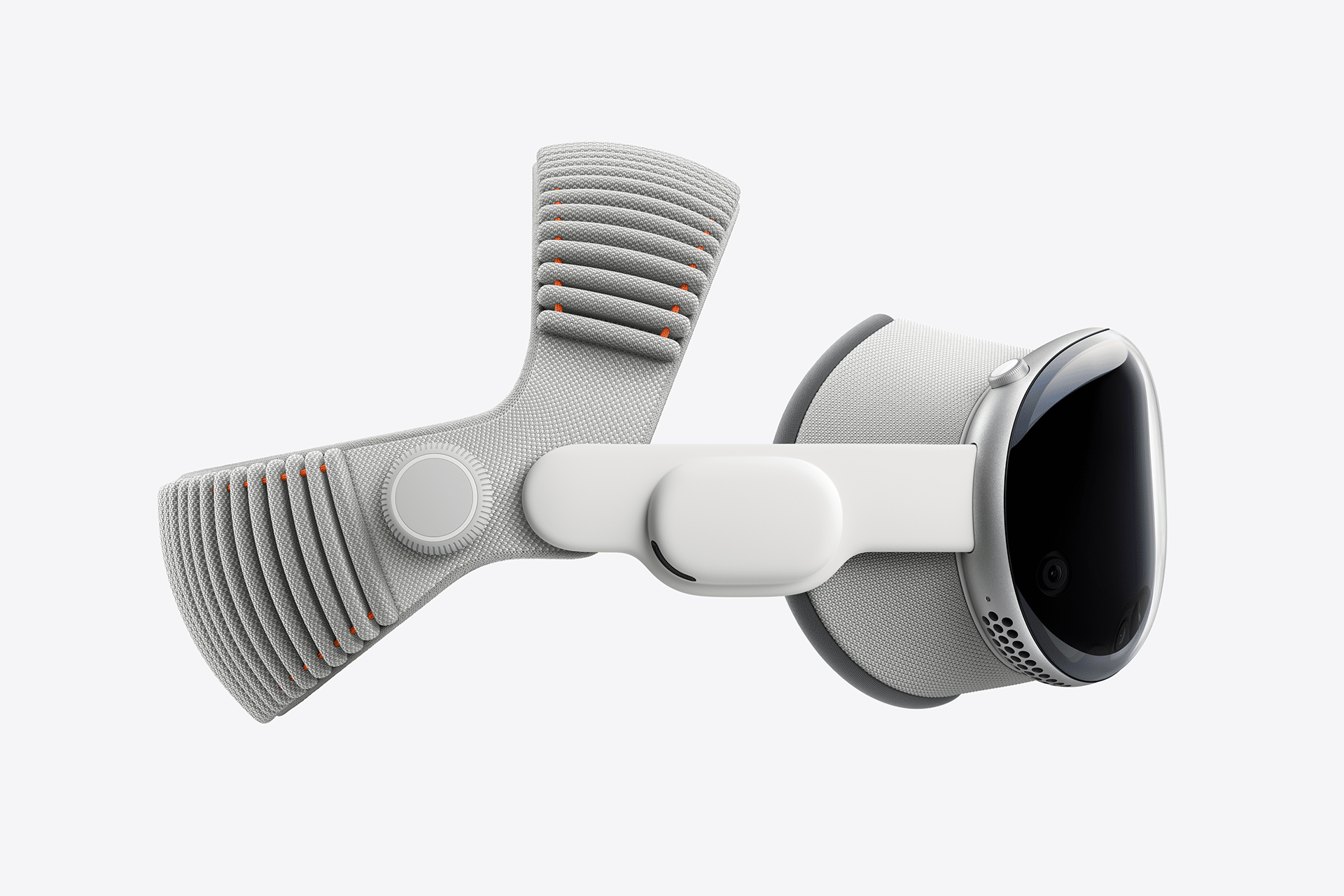
VisionOS Optimization and Ecosystem Integration
Alongside the hardware upgrade, VisionOS 2.2 introduces performance enhancements tuned for the M5 chip. These include improved hand-tracking precision, lower visual latency, and better multitasking between applications.
The new system also adds expanded developer APIs for spatial video and collaborative AR experiences. With M5’s additional memory bandwidth, Vision Pro can now manage higher-resolution assets and more complex virtual scenes without stutter.
Professional applications such as Final Cut Pro, Logic Pro, and design tools have been updated to use M5’s neural capabilities for faster spatial rendering, motion capture, and audio mixing. These improvements align the Vision Pro with the latest M5 Mac and iPad devices, enabling cross-device collaboration through Apple’s Universal Workspace environment.
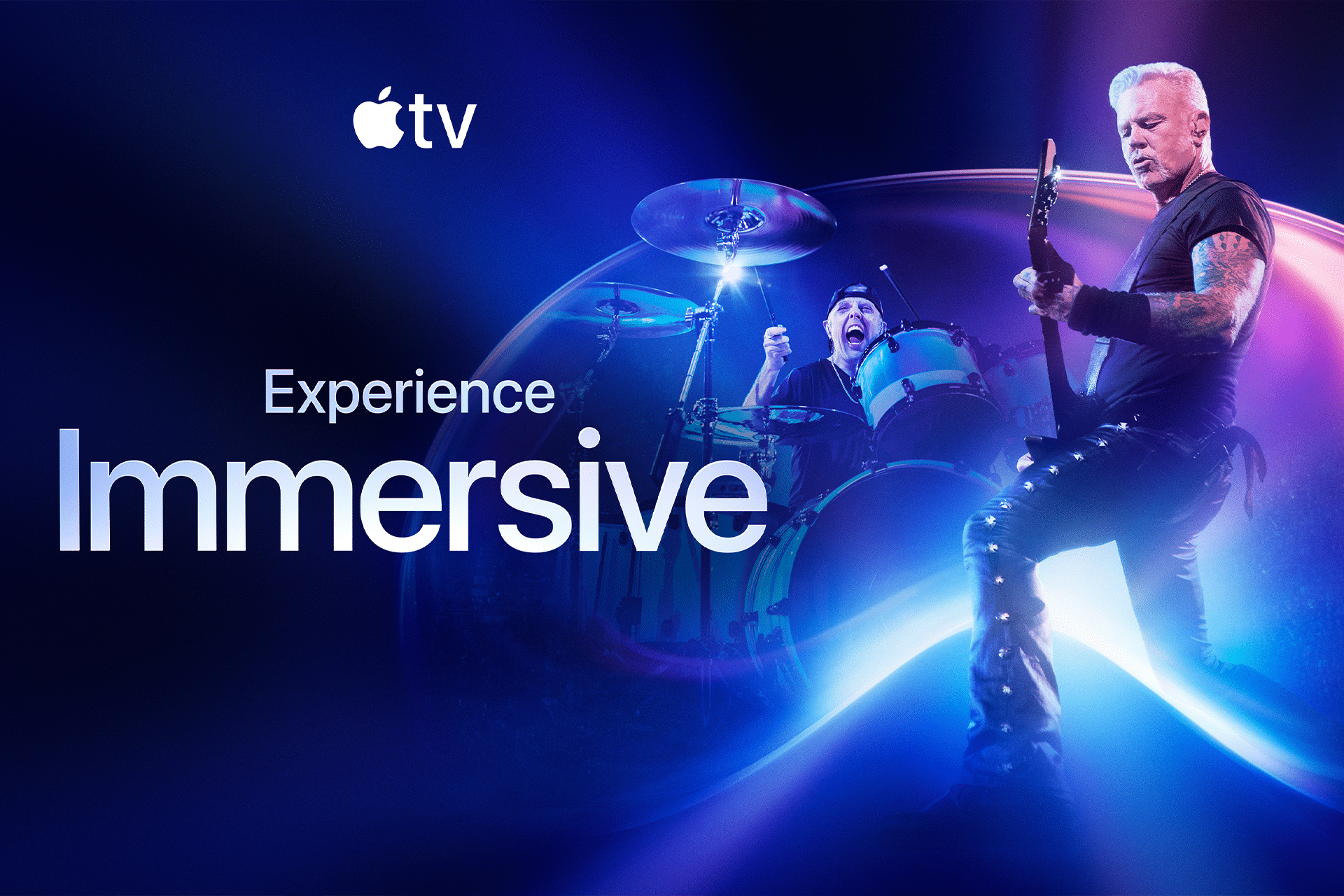
Position in the Product Lineup
The Vision Pro remains Apple’s most advanced computing device, bridging professional visualization and creative workflows in a mixed-reality format. The M5 upgrade ensures that its performance remains consistent with Apple’s broader hardware ecosystem, maintaining compatibility with current development tools and software frameworks.
This update is incremental but meaningful. With stronger AI processing, better comfort, and improved energy management, the M5-equipped Vision Pro refines the foundation for spatial computing rather than redefining it.
Pricing starts at $3,499, with the updated model replacing the earlier configuration. Pre-orders are expected to open in late October 2025, with initial deliveries following in November.
